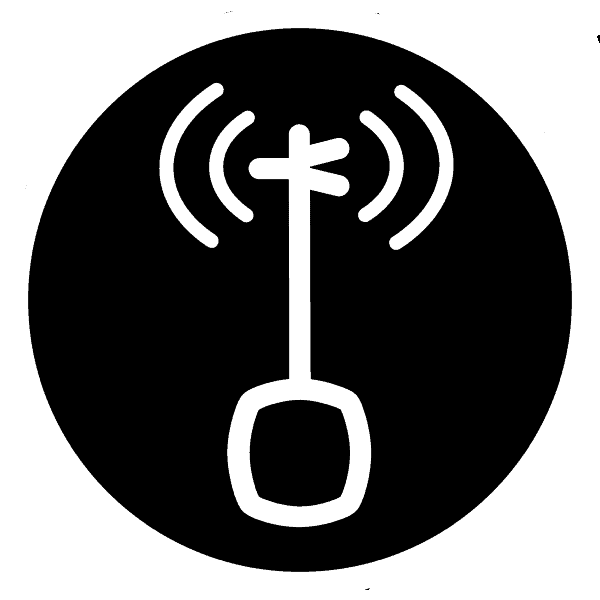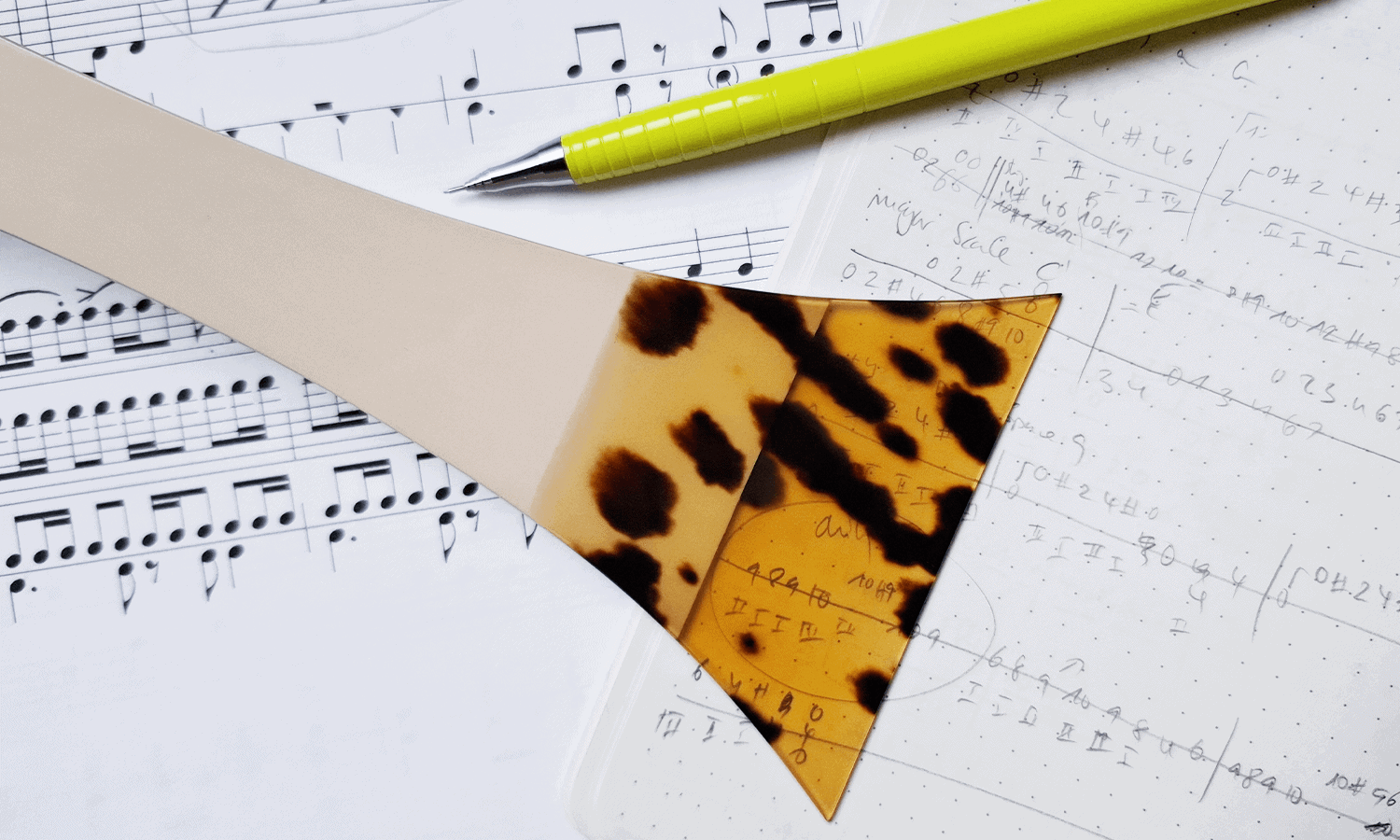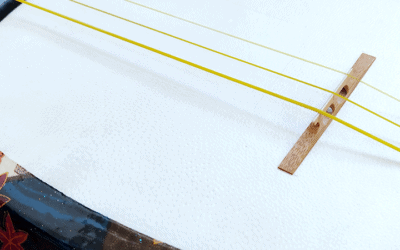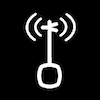No matter wether you’ve been learning shamisen for a while or just started out, you’ve probably found yourself humming a favorite song and wondering: “Could I play this on shamisen?” The good news is, many songs can be adapted for our three-stringed beauty – but it’s not always as straightforward as copying notes from one instrument to another. Transcribing music for shamisen is part art, part science, and a whole lot of trial and error. After years of converting all kinds of tunes from nursery rhymes to anime songs, I’ve learned that successful shamisen transcription is less about perfect note-for-note copying and more about capturing the essence of a melody in a way that works with the instrument’s unique characteristics.
Transcribing music for shamisen is part art, part science, and a whole lot of trial and error. After years of converting all kinds of tunes from nursery rhymes to anime songs, I’ve learned that successful shamisen transcription is less about perfect note-for-note copying and more about capturing the essence of a melody in a way that works with the instrument’s unique characteristics.
Before You Start
Here’s some general advice that will make life much easier and give you the best conditions to make progress on your transcription journey:
Pick songs you genuinely know and enjoy. If you’re just starting out with transcribing, start small and easy. Save tricky pieces for when transcribing songs starts too feel easier and effortless. Choose songs you find yourself humming in the shower – the ones where you already know when the melody goes up, down, or takes an unexpected turn. The more different songs you transcribe, the better, so don’t just pick your favorites or whatever is the coolest at the moment, but try out short snippets of melodies, jingles, or your phone’s alarm ringer melody.
Start small, think big. Don’t begin with that epic 8-minute progressive rock song you love. Pick something simple – maybe 10-20 seconds of music that you can loop and really focus on. You can always expand later, but starting with manageable chunks not only builds confidence but the skills that will get you to the next level. And these skills can only be honed by practice and hands-on experience. Not every transcript needs to be meaningful, novel or mind-blowing. Enjoy the easy wins and watch your skills improve with every bit you transcribe.
Stay flexible for longer pieces. A transcription doesn’t have to sound exactly like the original—and that’s not just okay, it’s often better that way. Your goal is to capture the spirit of the song rather than every single note. By creating a shamisen interpretation you’re playing the instrument’s strengths and emphasizing its unique characteristics. That’s what is going to make your shamisen version of the song exciting and special. The goal is to capture the spirit of the song rather than every single note.
My Approach: Listen, Don’t Look
These fundamentals will serve you well no matter which transcription method you choose. Many beginners instinctively reach for sheet music and try to convert each note into shamisen notation. My approach is different—and it’s probably not what you’d expect—but feel free to adapt whatever works for you.
Step 1: Know the melody inside and out. I listen to the song repeatedly, trying to memorize all parts of it so I can hum every phrase perfectly. When you listen intently, you automatically absorb the melodic contours, the rhythm, and the emotional peaks and valleys. If I can sing it from memory, I’m ready to transcribe it. f I’m transcribing a song that I am not familiar with for someone else, I adjust this approach. I’ll memorize shorter sections and work through the piece bit by bit rather than trying to learn memorize the whole song. A great way to make use of one’s short-term memory and a pragmatic approach that serves me well. 😊
Step 2: Find my starting point on the shamisen. This is pretty intuitive – if the song starts high, I’ll begin somewhere on the third string. If it starts low, I’ll head to the lower strings. There’s no perfect science here; it’s about finding a comfortable range that gives me room to move in both directions.
Step 3: Reconstruct from memory. This is where the magic happens. With the melody firmly in my head, I work section by section, finding the notes on the shamisen by ear rather than trying to read and convert written music. I know this approach might feel intimidating if you don’t trust your musical ear yet, but here’s the thing: your ear gets better with practice, and this method actually trains it faster than any other approach. And it really is easier than you’d guess. So be curious, be adventurous, give it a try!
The Biggest Transcription Mistakes (And How to Avoid Them)
Mistake #1: Trying to Convert Everything 1:1
This is the big one. I see beginners attempt to recreate every single note from the original, and it’s a recipe for frustration. Here’s the truth: some melodic details simply aren’t possible on shamisen, and that’s okay.
The solution: Learn to omit notes strategically. If a passage feels bulky or creates impossible hand positions, try leaving out a note or two. Play it back and see if it still sounds like the song. Often, our ears fill in the gaps more readily than we expect.
If you’re unsure about your judgment, here’s a trick you can try: work on the passage, then step away for a few hours. Come back with fresh ears and you’ll often have much clearer instincts about what’s working and what isn’t.
Mistake #2: Choosing Songs That Live on Accompaniment
Nicht jeder Song eignet sich für Solo-Shamisen – und das früh zu erkennen, spart eine Menge Gram und Zeit. Melodien, die sehr langsam sind oder stark von Harmonien, Bassläufen oder rhythmischer Begleitung leben, wirken auf der Shamisen oft flach, wenn man sie auf die reine Melodie reduziert.
Not every song is suited for solo shamisen, and recognizing this early can save you hours of frustration. Songs with very slow melodies that rely heavily on chord progressions, bass lines, rhythmic support, or harmonic accompaniment often fall flat when stripped down to just the melody. What to look for instead: Choose songs where the melody itself has enough character and strength to stand alone. The melody should be memorable and engaging even without its accompaniment.
For example: A song like “A Cruel Angel’s Thesis” from the Neon Genesis Evangelion soundtrack has a strong, recognizable melody even when played solo, while something like Genshin Impact’s “Duel in the Mist” relies heavily on the other ensemble members and falls flat when you strip away the accompaniment.
Mistake #3: Ignoring the Shamisen’s Decay Rate
Im Gegensatz zu Instrumenten wie Klavier oder Geige, bei denen man Noten lange halten, haben Töne auf der Shamisen nur eine kurze Lebensdauer. Genüsslich langgezogene Noten aus dem Original brauchen daher besondere Aufmerksamkeit. Einmal anschlagen und vier Schläge warten? Funktioniert leider nicht.
Unlike a piano or a violin where you can use a pedal or bow to stretch out a note, shamisen notes fade quickly. Long, sustained notes in the original song need special attention. You can’t just play a note once and expect it to ring for four beats. Solutions: Use techniques like repetitive notes with sukuis (upstrokes) and hajikis (plucks), or tremolo for sustained passages. There’s a lot of creative ways to ornament long notes, so go and have fun with it! But no need to get fancy at all costs: A simple repetition of the note works better than trying to sustain it.
My Practical Workflow
Section It Out
If you’re like me, you probably want to get it all done in one go, but hear me out: Don’t try to tackle an entire song at once. I break songs into clear sections – call them verse, chorus, bridge or A, B, C, or slow, fun, weird – and work on one section at a time. This makes the project manageable and gives you natural stopping points when transcription sessions get long.
Pro tip: Start with the chorus. It’s usually the most memorable part of the song, often has the best melodic flow, and can work as a standalone piece if you want to create a short version or mashup.
Choose Your Tuning Strategically
Different tunings work better for different songs. This comes with experience, but you’ll start to develop instincts about which tuning gives you the most comfortable hand positions and best melodic flow for a particular piece. So if you feel like you’re getting somewhere but the fingering gets uncomfortable with weird shifts, try switching to a different tuning (for example start out in Niagari and try Honchōshi as an alternative).
Simplify the Rhythm
For the first draft of my transcript, I simplify the rhythm and focus on pitch changes in the melody. I later flesh out the rhythm and think about what techniques to best use to play the smoothly play melody. Don’t do everything in one step but polish your transcript in stages.
Work Out Your Fingering
Once you have the notes figured out, don’t assume the fingering will be obvious. Try different approaches to the same passages. Some fingering patterns that look awkward on paper actually flow beautifully, while others that seem simple work against your fingers’ “instict”, resulting in more brain work, or awkward hand movements. Write down your final fingering choices – you’ll thank yourself later when you return to the piece after some time away.
When to Use Reference Tools
While I rely heavily on my ear, there are definitely times when having a pitch reference is invaluable. If you’re working from written Western notation, or if you need to match specific pitches for ensemble playing or recording projects, having a comprehensive position chart makes it so much easier and faster to work through the material and might become your new favorite essential companion.
This is where tools like pitch and position references really shine – they’re not crutches, but rather bridges between different musical languages.
The Learning Process: Embrace the Trial and Error
Here’s one of the most important points of advice I have for you: transcription skills develop through doing, not through studying theory. Each song you tackle teaches you something new about the shamisen’s capabilities, about melodic adaptation, and about your own musical instincts.
Some transcriptions will work beautifully on the first try. Others will require multiple attempts, different approaches, or even abandoning and coming back later with fresh perspective. Both outcomes are completely normal and part of the learning process.
Start Where You Are
If this all sounds overwhelming, remember that you don’t need to master every aspect before you begin. Pick a simple song you enjoy – something with a clear, strong melody that you know well. Work through it section by section, make mistakes, try different approaches. Enjoy the process and have fun with it.
The goal isn’t “perfection”; it’s building your skills, developing your ear, and expanding your shamisen repertoire with music that gets you excited.
I’ve created comprehensive pitch and position charts that can be incredibly useful. If you need more help, check out the member section an discord of my Patreon page. I also made blank sheet music pages for shamisen ready to print! For anyone who doesn’t like drawing lines by hand: download the sheet music here.
If you don’t know where to start, stay tuned for the upcoming Transcription Practice Series. I am working on a couple of short and fun examples you might want to try out. If you want to start straight away, transcribing jingles is a great way to get the ball rolling. They are short, catchy, and easy to recall (hashtag #earworm).
Whichever song you want to transcribe first: Enjoy!





